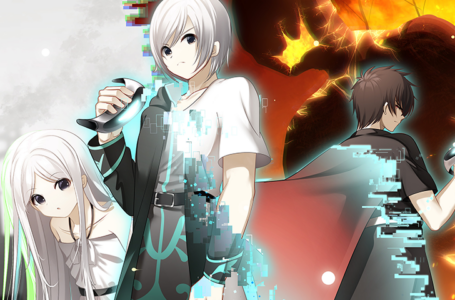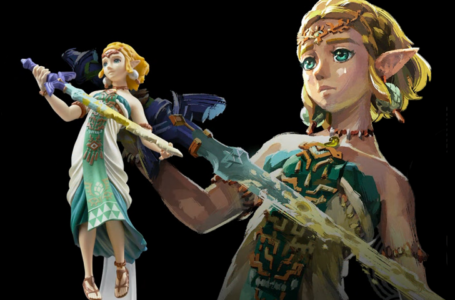Dated controls are a barrier to enjoying GoldenEye – but not an insurmountable one
It’s finally happened, folks — N64 classic GoldenEye 007 is finally available for everyone to play once again, both on Xbox systems and Nintendo Switch.
Annoyingly, in both instances there’s no way to simply buy the game and keep it — on Xbox it’s a Game Pass exclusive (or a free download for those who own a digital, not physical, copy of Rare Replay), and on Nintendo Switch you can only get it as part of the Nintendo 64 app, which requires the Nintendo Switch Online and Expansion Pack subscription. This makes me worried that at some point it’s going to be taken away again — but that’s a bridge we’ll have to cross when we get to it.
For now, the big question is simple: can one still enjoy GoldenEye 007 in 2023, given that it’s a game from 1997, and a console-based first-person shooter from before dual analogue sticks became a standard control scheme?
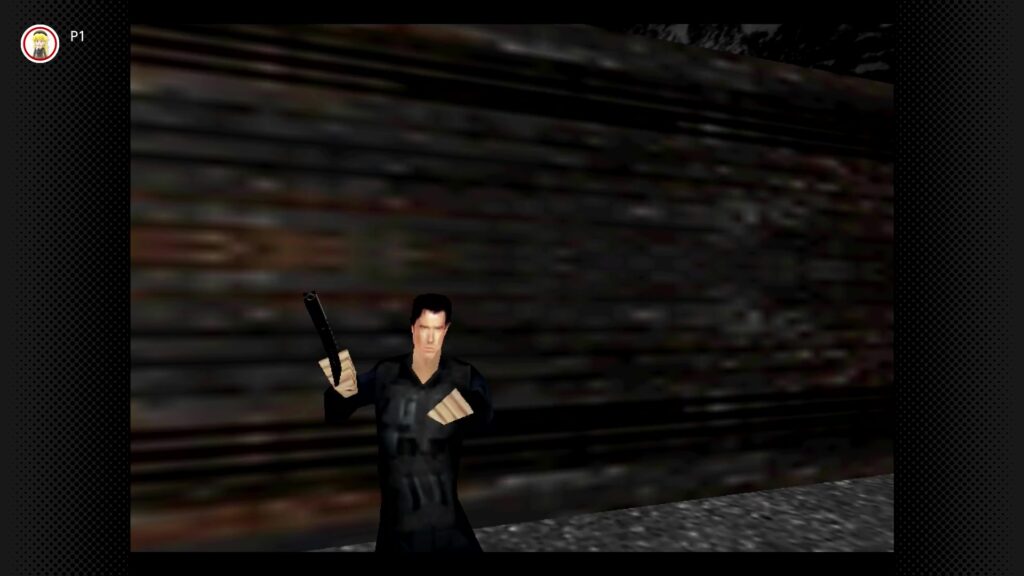
The answer to that is “yes”, albeit with a few caveats along the way if you’re playing the Switch version, which is the one we’ll be focusing on today. The Xbox version, which is more of a “remaster”, features modernised controls, whereas the Switch version includes what is essentially the original N64 controls ported to Switch pads. (It’s also worth noting that the Switch version features online multiplayer, whereas the Xbox version only features split-screen.)
If you’re accustomed to today’s console-based first-person shooters, you’re going to have a bit of an adjustment period to the Switch version, optionally accompanied by a fair degree of tinkering with the controls to get something approaching comfortable.
If you played the game back in the day, you’re going to have to call on some long-forgotten muscle memory, and then transpose it to a controller that’s not quite the same as the original N64 controller — unless, of course, you’re one of the few people who specifically bought the Switch-compatible N64 controllers, in which case you’re all good to go.
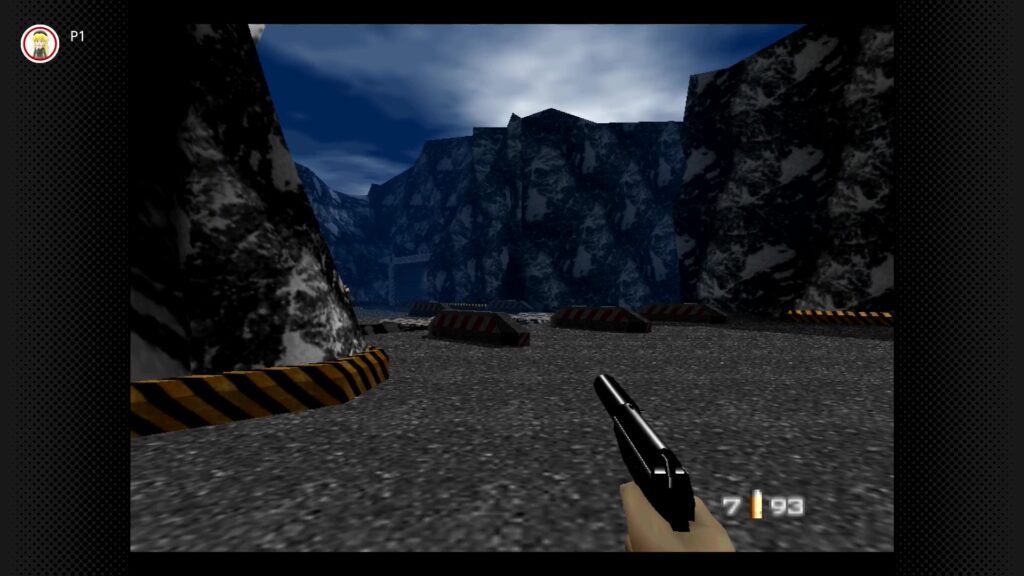
The trouble with GoldenEye’s controls is that there’s no one simple setup that perfectly matches today’s conventions for first-person shooters. The default control scheme has both moving and turning on the left analogue stick, whereas today’s shooters tend to place moving and strafing on the left stick. Conversely, GoldenEye’s default controls map strafing and looking up and down to the right stick — or, more accurately, the C buttons of the original N64 controller — whereas today’s shooters tend to bundle all of your rotation-style “look” controls — turning and looking up and down — to the right stick.
Perhaps most unforgivably for modern players, the fire button is on the left trigger, not the right — but this does reflect the positioning of the Z trigger on the original N64 controller; you’d both move and fire with your left hand using the default setup.
The immediate temptation is to start playing this new rerelease of GoldenEye, discover that its default controls in no way resemble the established conventions of the genre that developed since its release, make some sort of faintly disgusted noise and throw your controller aside muttering obscenities about how “you can’t go back”. But I’d urge you to push through that, for a few reasons.
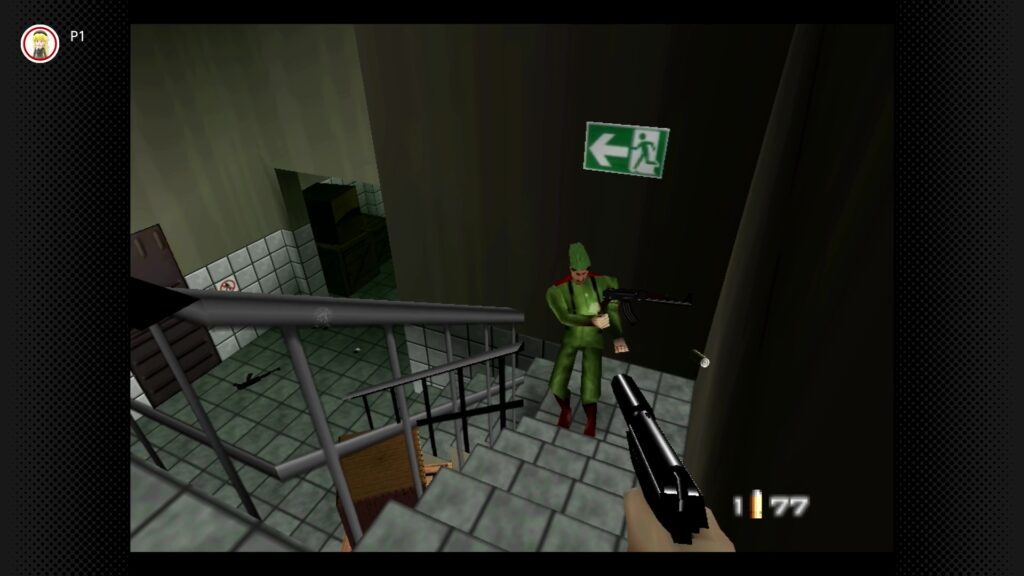
Firstly, you have to remember that the original GoldenEye was designed with this control scheme in mind. That means it makes a lot of accommodations that we don’t necessarily see in console-based first-person shooters today — things like exceedingly generous auto-aim, and a viewpoint that automatically looks up and down when approaching ladders or staircases. These take a little getting used to, yes, but I was surprised how quickly I found myself adjusting to them and feeling genuinely comfortable with the default control scheme, despite what is now decades of dual-stick control muscle memory.
Secondly, there are tweaks you can make to the experience that might make life a little easier for you. For example, Twitter user @mopster64 recommends using the Switch’s built-in control remapper to assign your buttons like this, then use the in-game “1.2 Solitaire” control scheme:
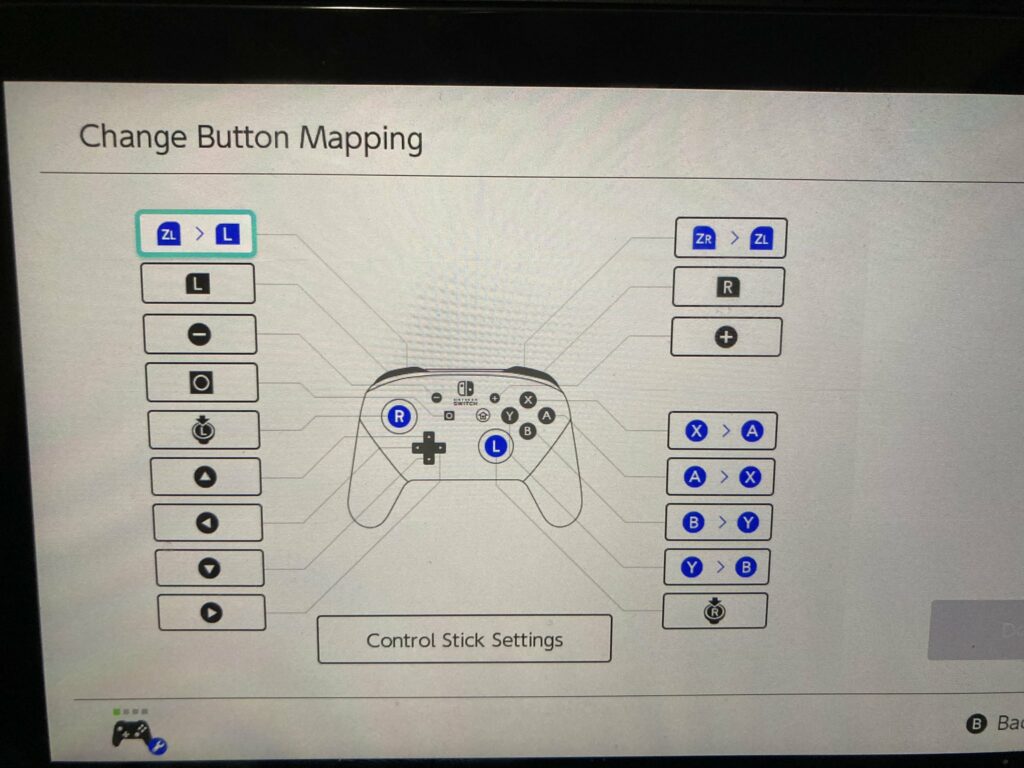
Controller mapper settings can be found in the Switch’s main settings menu under Controllers and Sensors. Once set up, you can save this button layout as a preset for any time you want to play GoldenEye — though note that it does have a few little quirks, such as requiring you to press the X button instead of A to confirm things in the Switch’s menus, and Y to back out; you’ll also have to use the right stick to move the cursor around GoldenEye’s menus. Once saved as a preset, you can easily reset to defaults to go back to the standard layout.
This control scheme actually works very well and feels mostly indistinguishable from a modern first-person shooter, so if you really struggle with the default N64-style controls, I recommend applying this mapping. But it’s worth giving the default controls a go, too; as previously noted, GoldenEye was designed with the original N64 controller in mind, so you might be surprised just how playable the game is with a bit of acclimatisation.
And, indeed, the game is still very playable. It’s regarded as a classic with good reason: solid level design, immensely satisfying weapons, a variety of objectives beyond simply “blast everything and get from point A to to point B” and one of the most distinguishing features of GoldenEye and its spiritual successors: the fact that different difficulty levels actually provide a markedly different experience from one another.
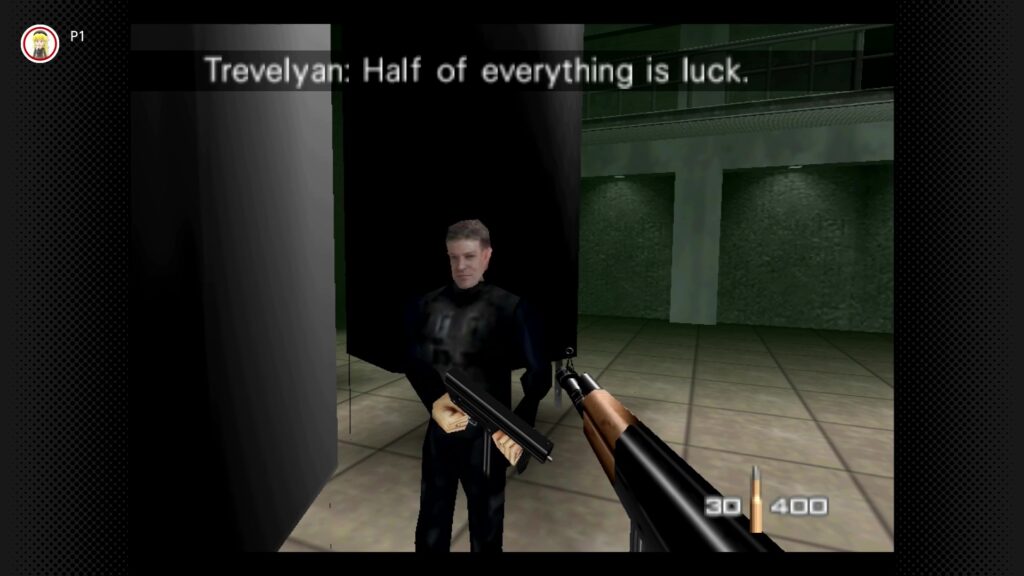
In GoldenEye’s case, this is usually implemented through a series of additional objectives you need to complete before exiting each level; this, in turn, often sees you visiting parts of the level that you might not otherwise go to, and taking more time over exploring. Coupled with the fact that the game is also harder on higher difficulty settings — you take more damage and enemies are more accurate — and the notorious “00 Agent” difficulty is not something you’ll get through in a hurry.
Conversely, the easiest Agent difficulty makes for a pleasantly breezy experience where you’ll make constant progress — a great way to learn the game.
GoldenEye remains so well-regarded because it has a markedly different feel to almost any other first-person shooter out there — even its spiritual successors. In contrast to other first-person shooters of the ’90s, GoldenEye took on a rather more deliberate sense of pace. This is partly down to how the game bears the limitations of the N64 in mind, but it also feels very much like it’s by design, too. Levels can unfold quite differently depending on if you take a stealthy approach or go in all guns blazing, and it can be fun to experiment to see which is more effective.
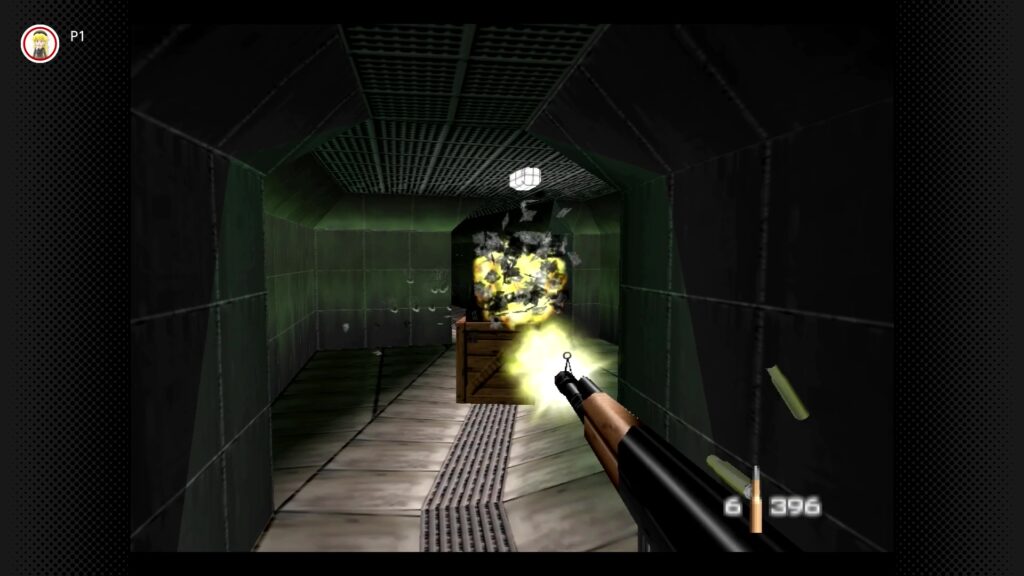
A big part of GoldenEye’s enduring appeal was through the entertaining and addictive way that it implemented cheat codes. Rather than requiring you to input obscure button combinations, GoldenEye instead asks that you complete specific missions on specific difficulties within a par time to unlock that stage’s cheat. These range from the fan favourite “DK Mode”, where everyone has enormous heads, to the ability to dual-wield some of the game’s most powerful weapons.
Of course, you can input obscure button combinations if you’re lazy, but part of the fun of GoldenEye on its original release was mastering it to such a degree that you could unlock the most powerful cheats available. And if you’re revisiting it now — or perhaps trying it for the first time — I highly recommend playing in this way. It’s rewarding and fun, and gives the game far more longevity than your average linear first-person shooter campaign we see today.
In short, then, it’s very nice to see GoldenEye again — and I recommend spending some time with it, particularly as I’m skeptical about whether or not it will be staying on Game Pass and Nintendo Switch Online; I suspect a year or two down the road there’ll be a quiet announcement about license expiration and it will disappear into the void again, but I guess that remains to be seen. I hope to be pleasantly surprised, but in the meantime I also wish it would have been made available for individual purchase, too.
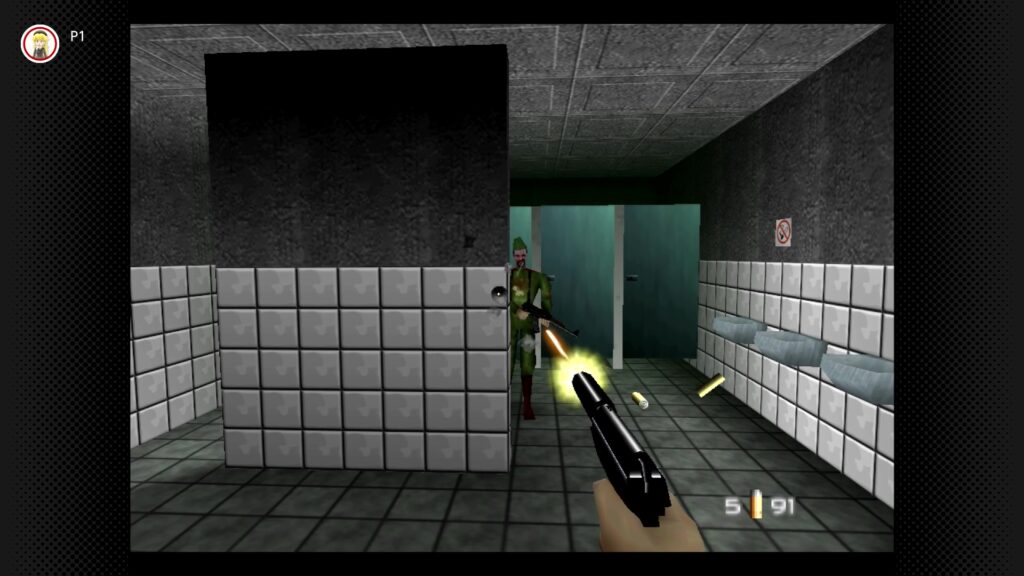
But it is what it is, so if you have access to either or both of those services, I recommend giving GoldenEye a go, whether you’re a grizzled veteran of the ’90s or a newcomer to this retro FPS classic. It still holds up a lot better than you might expect — and if you have the opportunity to get three friends together for some multiplayer, you can learn what true joy really is.
Join The Discussion
Rice Digital Discord
Rice Digital Twitter
Rice Digital Facebook
Or write us a letter for the Rice Digital Friday Letters Page by clicking here!
Disclosure: Some links in this article may be affiliate links, which means we may earn a small commission if you make a purchase after clicking on them. This is at no additional cost to you and helps support Rice Digital!
- Letter from the Editor: passing the torch - June 30, 2023
- Super Woden GP 2 is looking promising - June 30, 2023
- Inti Creates is making a 32 bit-style Love Live action platformer - June 26, 2023





